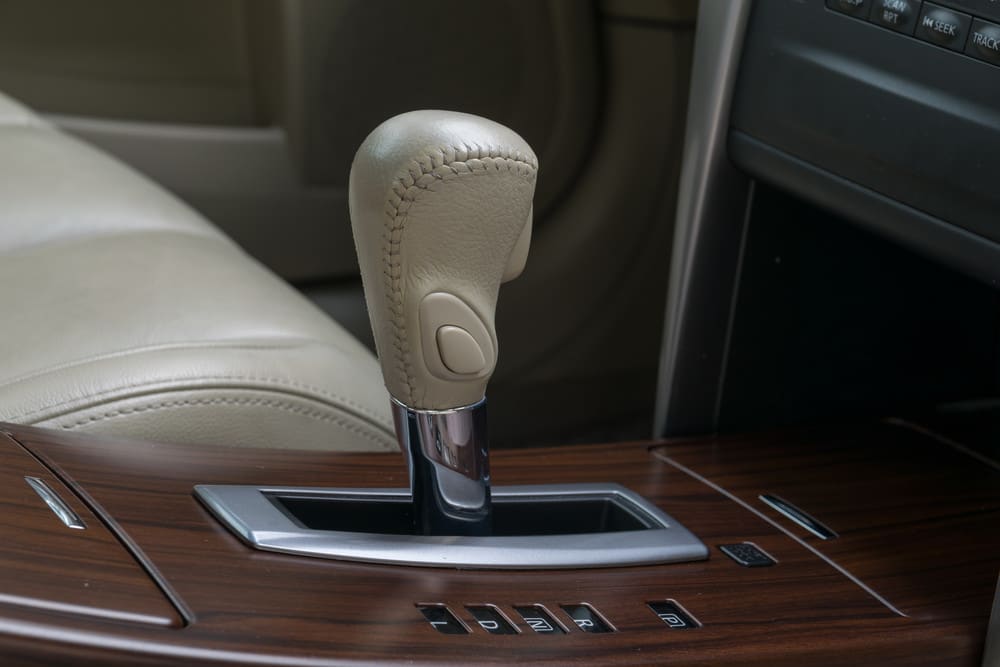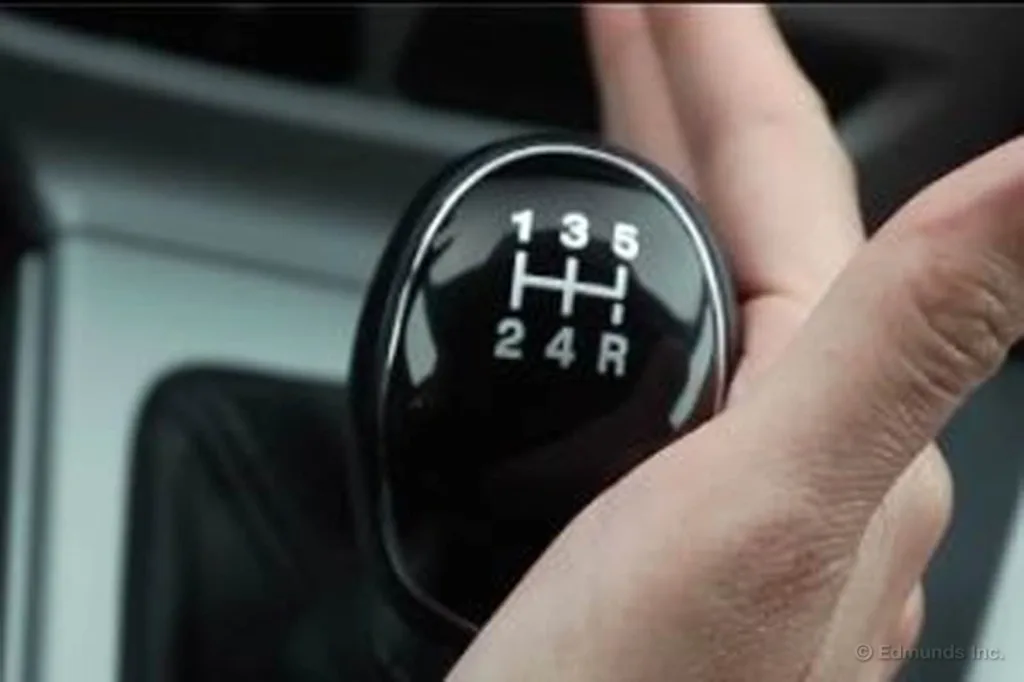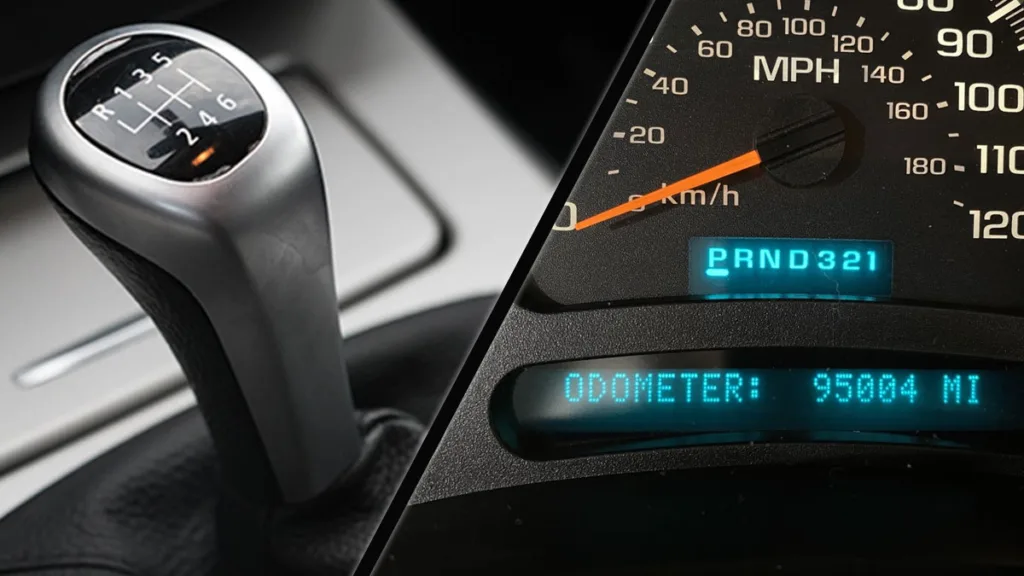Automatic cars have been gaining popularity over the years due to their convenience and ease of use. Unlike manual cars, automatic cars do not require the driver to manually shift gears. This makes driving simpler and less tiring, especially in heavy traffic.
One of the most common questions about automatic cars is whether they have a clutch. The answer is yes, but it works differently than the clutch in a manual car. In an automatic car, the clutch is replaced by a torque converter.
The torque converter is a component that is responsible for transmitting power from the engine to the transmission. It is made up of three main parts: the impeller, the turbine, and the stator. The impeller is connected to the engine and spins the fluid inside the converter. The spinning fluid then turns the turbine, which is connected to the transmission.
The stator is located between the impeller and the turbine and helps to redirect the fluid flow. The torque converter also has a lock-up clutch that engages at higher speeds to eliminate fluid slippage and improve fuel economy.
Unlike manual cars, where the driver must use a pedal to engage the clutch, the torque converter in an automatic car engages automatically. This means that the driver does not need to use a clutch pedal.
In an automatic car, the transmission uses a hydraulic system to control the gears. The hydraulic system uses pressurized fluid to engage and disengage the gears. When the driver shifts the car into a different gear, the hydraulic system uses valves to control the flow of fluid and engage the appropriate gear.
Another advantage of automatic cars is that they can be driven usig only two pedals – the brake and the accelerator. This makes driving simpler and less tiring, especially in heavy traffic.
Automatic cars do have a clutch, but it works differently than the clutch in a manual car. The torque converter replaces the clutch and engages automatically. The hydraulic system in the transmission controls the gears, and the driver only needs to use two pedals – the brake and the accelerator – to drive the car.
The Location of the Clutch in an Automatic Car
In an automatic car, there is no clutch pedal. Instead, the car’s transmission system handles gear changes automatically. The transmission system contains a torque converter, which essentially acts as a clutch by transmitting power from the engine to the wheels. The torque converter engages and disengages automatically, allowing the car to shift gears smoothly without the need for a physical clutch pedal. So, to answer your question, there is no clutch on an automatic car that you need to manually operate.

Understanding How a Clutch Works in an Automatic Transmission
In an automatic transmission, the clutch works by using pressurized hydraulic fluid to put each clutch into motion. The hydraulic fluid is pressurized by a pump, and when it’s directed to a particular clutch, it causes the clutch to engage and apply force to the gears. The gears, in turn, transfer power from the engine to the wheels.
The clutch is made up of a series of plates that are lined with friction material. When the clutch is engaged, thee plates are pressed together, creating a solid connection between the engine and the transmission. When the clutch is disengaged, the plates are separated, allowing the engine to spin freely without transferring power to the transmission.
Inside and outside the clutch, there are evenly spaced ridges called splines that lock into the gears and the clutch housing. These splines ensure that the clutch stays in place and that the gears are properly aligned.
When the pressure drops in the hydraulic system, springs cause the clutch to release. This happens when the transmission needs to change gears or when the vehicle comes to a stop. The clutch disengages, allowing the engine to spin freely and preventing the transmission from applying force to the wheels.
Overall, the clutch in an automatic transmission is a vital component that allows the engine to transfer power to the wheels. By using hydraulic pressure to engage and disengage the clutch, the transmission can smoothly shift gears and provide the driver with a comfortable driving experience.
The Clutch in an Automatic Transmission
In an automatic transmission, the component that performs the same function as a clutch in a manual transmission is called a torque converter. The purpose of the torque converter is to connect the engine to the transmission and to transmit power from the engine to the wheels of the vehicle. The torque converter contains a fluid that is used to transfer power from the engine to the transmission, and it is able to multiply the turning power provied by the engine. This allows the vehicle to accelerate smoothly and efficiently, without the need for the driver to manually engage and disengage a clutch.
The Possibility of Clutch Problems in Automatic Cars
Yes, an automatic car can have clutch problems. An automatic transmission also has a clutch, known as a torque converter. The torque converter serves the same purpose as a clutch in a manual transmission, which is to transfer power from the engine to the wheels. When the torque converter fails, the transmission may slip, causing the engine to rev but the vehicle not to move. Symptoms of a failing torque converter in an automatic transmission include shuddering, slipping, and delayed engagement. It’s important to address any transmission issues promptly to avoid exacerbating the problem and potentially causing futher damage to the vehicle.
Average Lifespan of an Automatic Clutch
An automatic clutch is an essential component of an automatic transmission system that allows the gears to shift smoothly without the need for manual intervention. The longevity of an automatic clutch is dependent on various factors, including driving habits, maintenance routines, and the quality of the clutch itself.
On average, an automatic clutch can last anywhere between 30,000 to 100,000+ miles. However, this can vary significantly based on your driving habits. If you have a lead foot and frequently engage in aggressive driving practices, your clutch may wear out faster than someone who drives more conservatively. Similarly, if you neglect routine maintenance tasks such as fluid changes, your clutch may wear out prematurely.
It’s important to note that some vehicles may have a longer-lasting clutch due to their design or the quality of the parts used. Additionally, some manufacturers may recommend replacing the clutch at regular intervals, regardless of the mileage, to ensure optimal performance and prevent unexpected failures.
In summary, while the lifespan of an automatic clutch can vary depending on sveral factors, it’s crucial to follow the recommended maintenance schedules and drive responsibly to ensure your clutch lasts as long as possible.

Number of Clutches in an Automatic Car
An automatic car has four clutches inside its transmission system. These clutches are responsible for engaging and disengaging different gears to convert energy into momentum. The clutches work in conjunction with two bands to ensure a smooth transition between gears. If there is a problem with any one of these clutches or bands, it can lead to drivability and performance issues with the vehicle. It is important to keep these components in good working condition to ensure that your automatic car runs smoothly and efficiently.
Do Automatic Cars Have a Handbrake?
Yes, automatic cars do have a handbrake. The handbrake, also known as the parking brake or emergency brake, is a secondary braking system found in all cars, regardless of whether they are automatic or manual. The handbrake is typically located in the center console betwen the driver’s seat and the front passenger seat, or on the floor next to the driver’s seat. It is used to keep the car stationary when parked or to prevent it from rolling backwards on a slope. In automatic cars, the handbrake is just as important as in manual cars, as it provides an additional layer of safety and control to the driver.
Shifting Gears in an Automatic Car
Shifting gears in an automatic car is a straightforward process. Unlike a manual car, you don’t need to manually engage the clutch pedal while changing gears. Instead, the car’s transmission system takes care of shifting gears automatically. To shift gears in an automatic car, you first need to ensure that your foot is firmly pressing down on the brake pedal. Next, move the gear selector lever to the desired gear mode, such as Drive (D), Reverse (R), or Neutral (N). To start moving forward, you shold shift the gear selector to the “Drive” mode, and the car will automatically shift gears as you accelerate. Similarly, to reverse the car, shift the gear selector to the “Reverse” mode. If you need to stop the car, shift the gear selector to the “Park” (P) mode, which will engage the car’s parking brake and prevent the car from rolling forward or backward. Some modern cars also have additional gear modes, such as “Sport” or “Manual” modes, which allow the driver to manually shift gears using paddle shifters or the gear selector. Overall, shifting gears in an automatic car is a simple and intuitive process that requires minimal effort from the driver.
Understanding How Automatic Transmissions Shift Gears
Automatic transmissions use a combination of sensors and computerized controls to determine when to shift gears. These sensors measure a variety of factors, such as vehicle speed, engine RPM, throttle position, and even the vehicle’s incline. Based on these measurements, the transmission control module calculates the optimal time to change gears.
When the time comes to shift, the transmission control module sends a signal to a solenoid located inside the transmission. This solenoid is responsible for controlling the flow of transmission fluid, which in turn activates the appropriate clutch pack or band to engage the next gear.
It’s worth noting that some automatic transmissions also have a manual mode, which allows the driver to manually select gears using paddle shifters or a gear selector. In this mode, the transmission control module still monitors the vehicle’s speed and other factors, but the driver has more control over when to shift gears.
Overall, automatic transmissions are designed to prvide smooth and efficient shifting. By relying on sensors and computerized controls, they can adapt to changing driving conditions and deliver the right amount of power to the wheels at all times.

Can Automatic Gearboxes Experience Slippage?
Yes, an automatic gearbox can slip. Transmission slipping is a common issue that can occur with automatic transmissions. It happens when the transmission fails to properly engage or shift gears, causing the engine to rev higher and the vehicle to lose power or acceleration. This can be caused by a variety of factors, including low transmission fluid levels, worn or damaged transmission components, or electrical issues. If left untreated, transmission slipping can worsen over time and potentially lead to more serius problems with the transmission. It’s important to address any issues with your transmission as soon as possible to avoid further damage and ensure the safety and reliability of your vehicle.
Disadvantages of Driving an Automatic Car
Driving an automatic car has its pros, but there are also some cons to consider. Firstly, automatic cars are generally more expensive to buy, whether new or second-hand, compared to manual cars. This is because automatic cars have more complex technology such as the torque converter, hydraulic pump, and planetary gear set, which increase the manufacturing costs.
Moreover, repairs for automatic cars are also more expensive in case they go wrong. The complexity of the transmission system means that repairs require more specialized knowledge and equipment, which translates to higher repair costs.
Another disadvantage of driving an automatic car is that some people find them less interesting or exciting to drive compared to manual cars. This is because with an automatic car, the driver has less control over the gears and clutch, which some people find less engaging.
Furthermore, older automatic cars are less efficient than manual cars because they have fewer gears and weigh more. This means that they consume more fuel, which translates to more expenses in the long run.
Overall, while automatic cars prvide convenience and ease of use, they also come with a few drawbacks such as higher costs and less engaging driving experience.
Do Automatic Cars Require Clutch Replacement?
Automatic cars do not have a traditional clutch pedal like manual transmission cars do. However, they still have a clutch system that engages and disengages the engine from the transmission. This clutch system is made up of several components, including a torque converter, clutch plates, and a hydraulic system.
Over time, these components can wear out and may need to be replaced. The most common issue with automatic transmissions is worn clutch plates, which can cause slipping, rough shifting, and other problems. Other issues that may require clutch replacement include a faulty torque converter or a leaky hydraulic system.
The good news is that automatic clutch systems typically last longer than manual transmission clutches, as they are not subjected to the same level of wear and tear. However, it is still important to have your transmission inspected regularly and to address any issues promptly to avoid more seious problems down the line. If you suspect that there may be an issue with your automatic clutch system, it is best to have it inspected by a qualified mechanic to determine the best course of action.
Weaknesses of an Automatic Transmission
There are a few notable weaknesses associated with automatic transmissions that should be considered before making a decision on which type of transmission to choose. Firstly, automatic transmissions require more frequent and more expensive maintenance than thir manual counterparts. This is due to the complexity of the system and the number of components that need to be serviced. Secondly, automatic transmissions have a relatively shorter lifetime than manuals of the same make and model. This is because they are more complex and have more moving parts, which can wear down and fail over time. Additionally, automatic transmissions offer the driver a limited sense of control compared to manual transmissions. This is because the driver is not able to shift gears manually, which can be a disadvantage in certain situations, such as when driving on steep hills or in adverse weather conditions. Overall, while automatic transmissions offer convenience and ease of use, they do have some notable weaknesses that should be taken into consideration before making a final decision.

Conclusion
In conclusion, automatic cars have become increasingly popular in recent years due to their ease of use and convenience. With no need for a clutch pedal, drivers can focus on the road ahead and enjoy a smoother driving experience. Automatic transmissions use hydraulic fluid and a torque converter to shift gears, which allows for more precise and efficient gear changes. While they do require regular maintenance, automatic transmissions are generally reliable and can last for many years with proper care. Overall, automatic cars are a great option for those who want a stress-free driving experience without sacrificing performance or efficiency.
